Ball Flight 101
A popular debate among golf instructors is whether or not students need to understand the facts about ball flight. I am firmly in the camp that believes golfers will be better off if they have a practical understanding of what makes the ball do what it does. Do they need to understand every bit of minutia down to the fifth decimal? Of course not. What they need is some functional knowledge.
With that in mind, I bring you the first in a 5-part series on ball flight. Today’s lesson: Start Direction
Face or Path?
One of the biggest misconceptions about ball flight is that the ball starts where the path is pointing. This is inaccurate. Speaking generally:
The ball starts where the club face is pointed at impact
For those who want to be perfectly accurate, the ball starts somewhere between the club face and the path, but it’s primarily controlled by the club face, especially for lower-lofted clubs.
Try It For Yourself
Rather than take my word for it, try this:
Get your putter, a golf ball, and a 2X4 (or anything with a long, straight edge). Lay the 2X4 down and put the heel of the putter against it. Make a stroke keeping the heel on the 2X4 so that your club path is perfectly straight. Now, with that stroke, hit the ball with a dramatically open club face.
Where did the ball go? It went where the face was pointing.
Don’t Forget Loft
Let’s not forget that the club face has loft, too. Just as your swing can bring the club into impact with a face that is pointed left or right of the target, you can add or subtract loft. If you find that your shots are starting too high or too low, that’s primarily a result of the club face.
So What?
You now have a very simple, but very powerful, tool for understanding your ball flight.
Go to the range and set up your practice station. Hit some shots and observe where the ball starts relative to your target (it’s even better if a friend can stand behind you to watch this because it can be hard to perceive accurately). Once a pattern emerges, you will know whether you need to work on getting the club face more open or closed at impact.
In future lessons, I’ll address the techniques that will help you improve your impact conditions. If there are specific topics or shots you’d like to see addressed, please feel free to leave a comment below.
Understanding Ball Flight
Part 1: Start Direction
Part 4: 3D Club Path (Resultant Path)
Watch the Video
He founded Plugged In Golf in 2013 with the goal of helping all golfers play better and enjoy the game more.
Matt lives in the northwest suburbs of Chicago with his wife and two daughters.
- Performance Golf Click Stick Training Aid Review - October 18, 2024
- Callaway Opus Platinum Wedge Review - October 17, 2024
- When to Take a Break from Golf - October 15, 2024


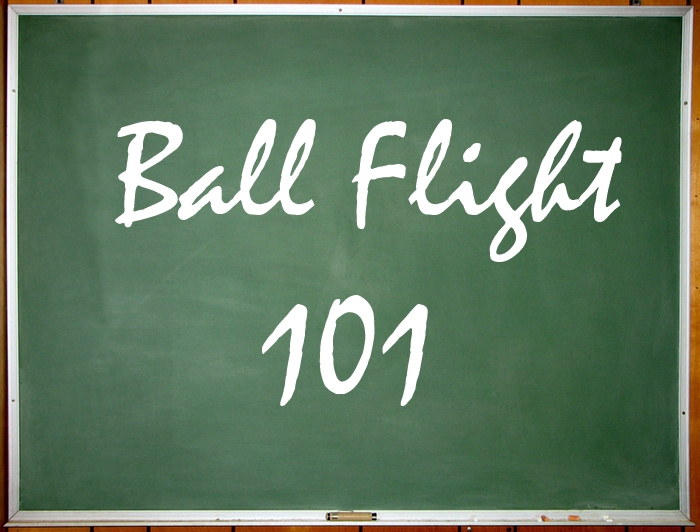
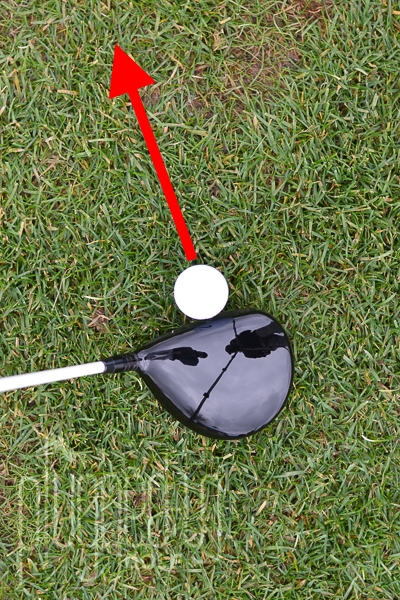
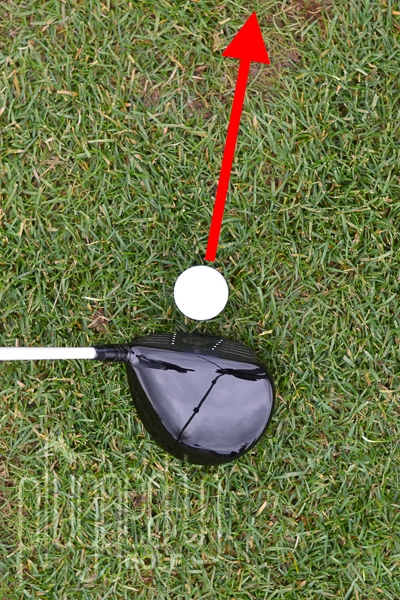
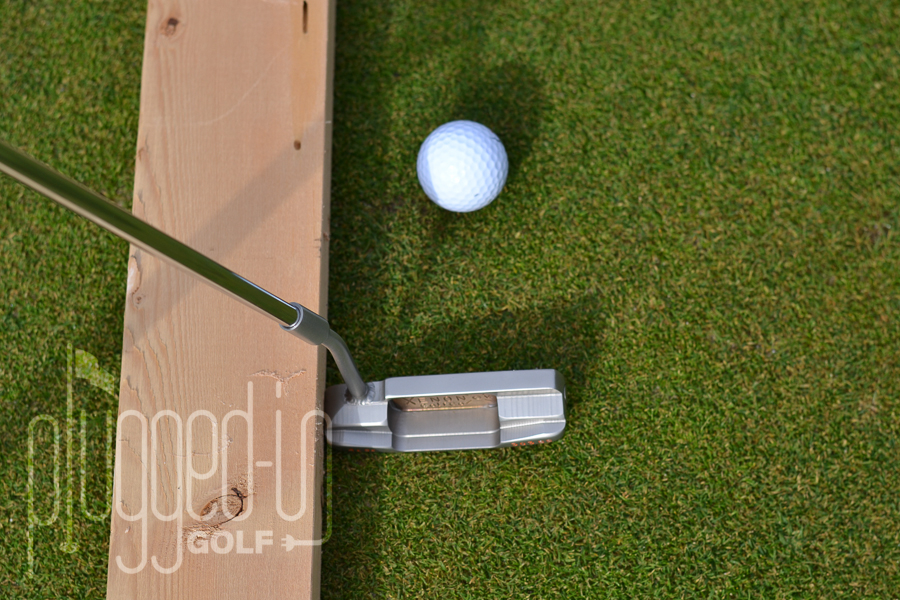
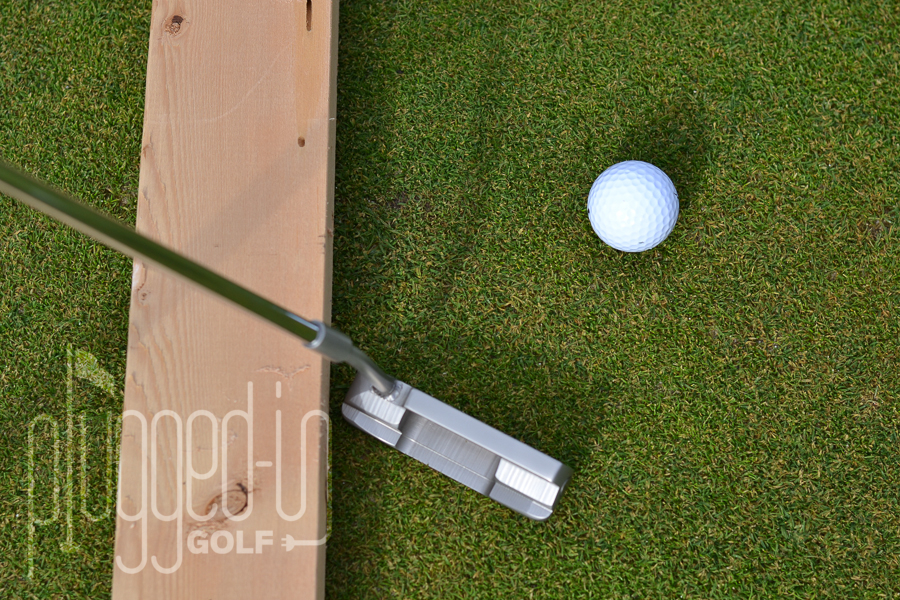
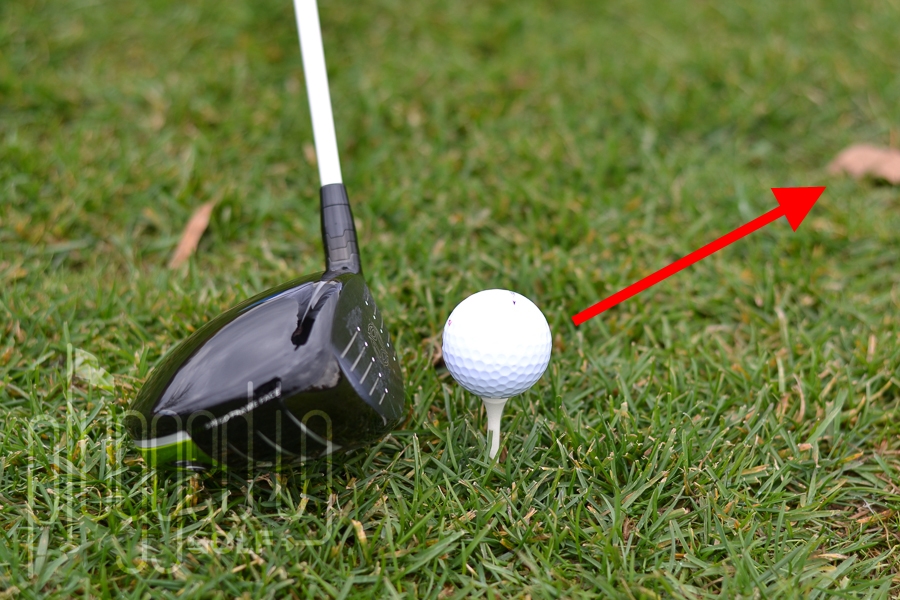
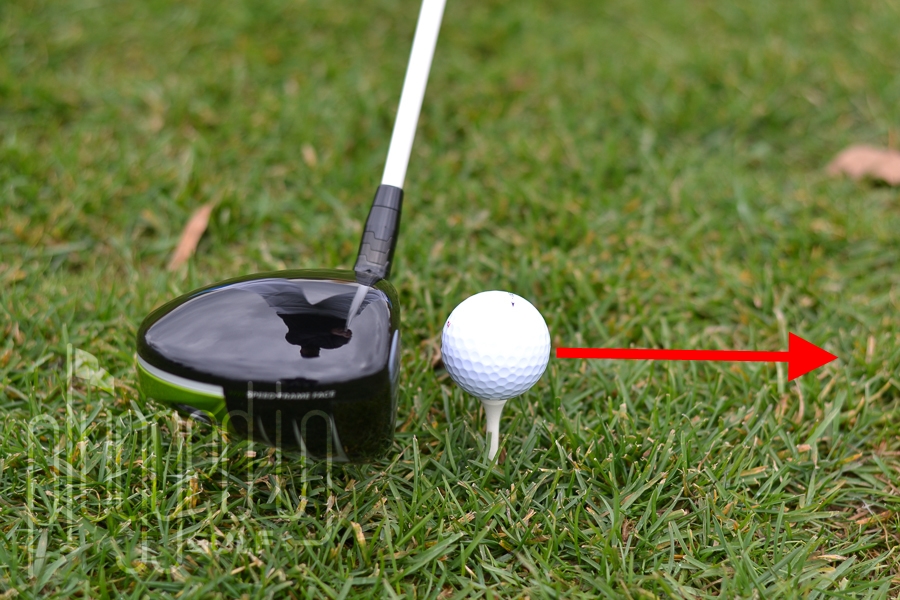
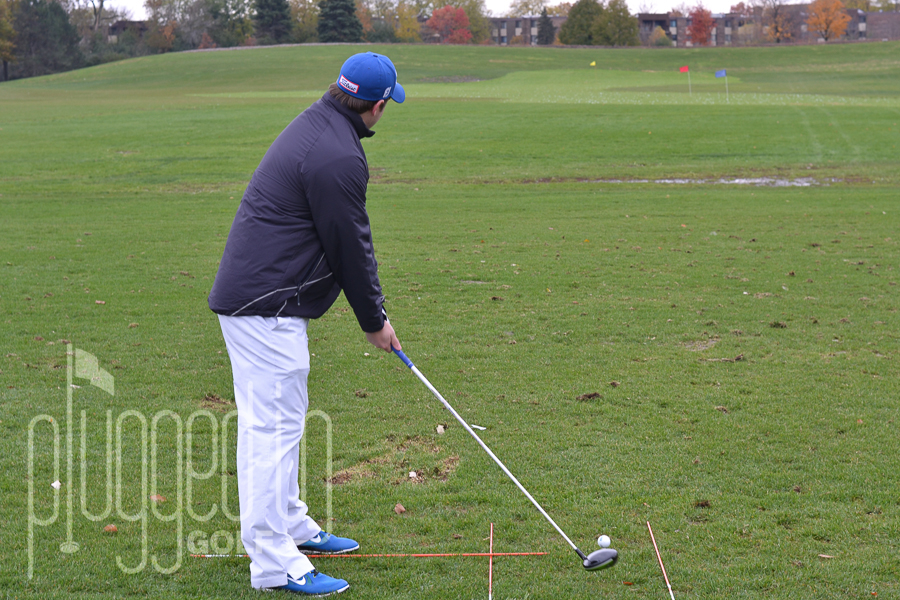
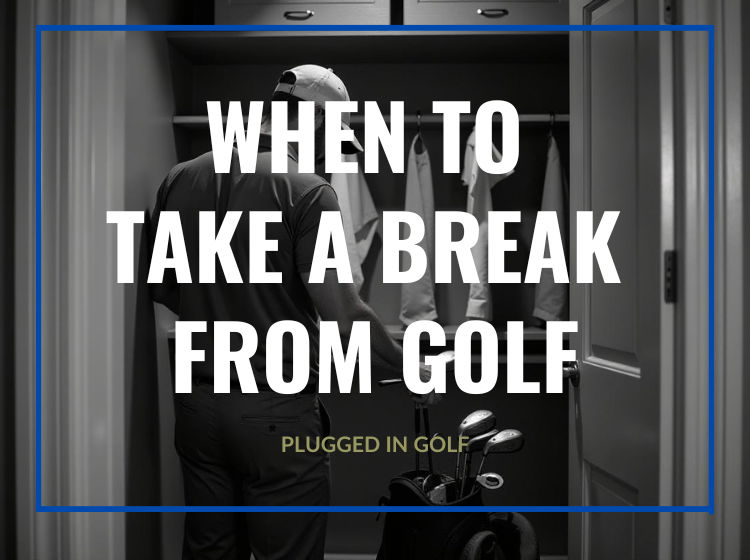
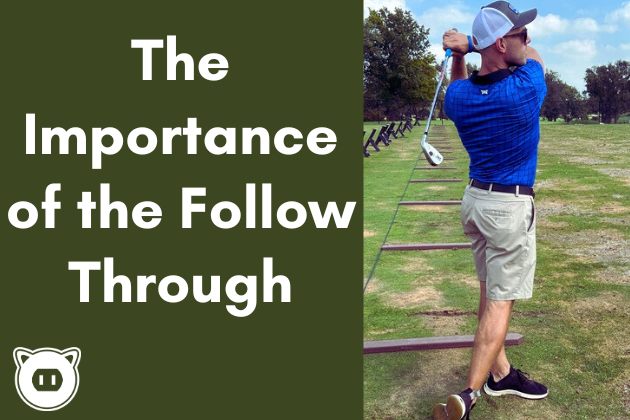
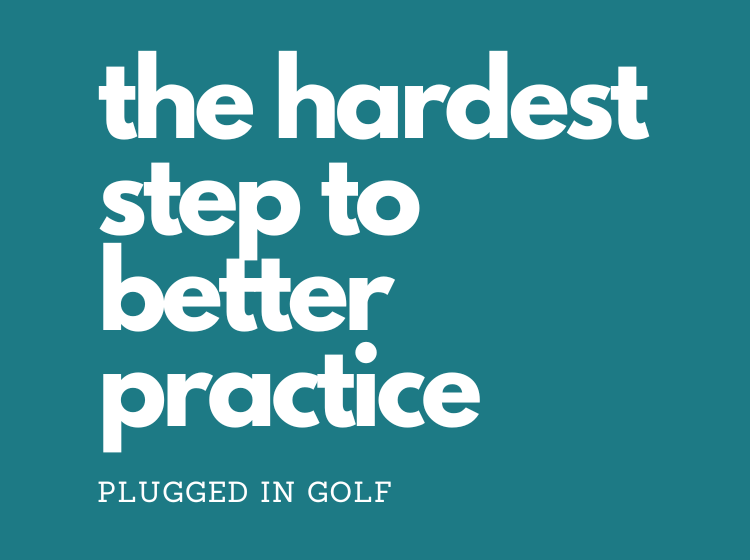









7 Comments
Great writeup Matt, looking forward to the rest of the series!
Great information Matt. This will go a long way to helping us understand our issues. I look forward to the whole series.
Really good explanation here. The other way to the prove that the path has little effect on starting direction is to take a 60 degree wedge and hit downwards on the ball. If the path was causing the starting direction the ball would go straight into the ground! People tend to think of club path in 2 dimensions when really it’s a 3d situation
Excellent! I especially enjoyed the SPIN section and have recommended it to my friends. Well done!
My dad and I are having a debate about where the ball starts and what determines this. Based off my understanding the face angle is what determines where the ball starts. In the video you say that it just favors the face angle heavily and doesn’t actually start exactly on the face angle. What is the cause of this small disparity?
Jeremy,
For all practical purposes, the ball starts where the face is pointed. In an effort to be precise, I think sometimes I muddy the waters.
I’m not a physicist, so I can’t eloquently explain why the path matters, I only know that it does. Try the experiment I suggest with the putter, but instead of varying the face, try varying the path. You’ll see the effect. Sorry I can’t do better on that point.
Best,
Matt
Nice lesson makes alot of sense the key is consistency